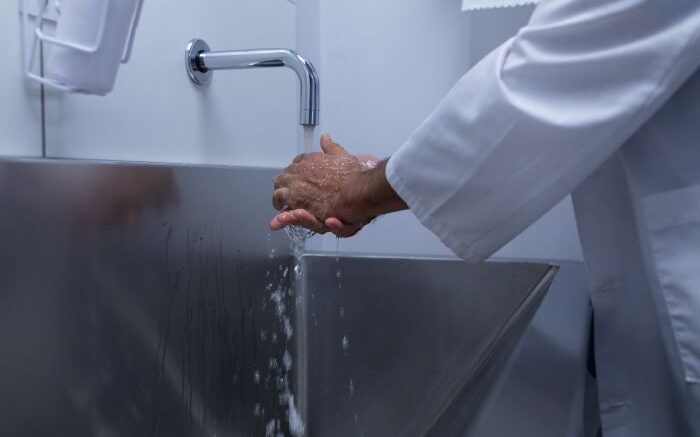Park, et al. (2021) sought to determine the minimum number of observations needed to determine hand hygiene (HH) compliance among healthcare workers. The study was conducted at a referral hospital in South Korea. The researchers retrospectively analyzed the result of HH monitoring from January to December 2018. HH compliance was calculated by dividing the number of observed HH actions by the total number of opportunities. Optimal HH compliance rates were calculated based on adherence to the six-step technique recommended by the World Health Organization.
The minimum number of required observations (n) was calculated by the following equation using overall mean value (ρ), absolute precision (d), and confidence interval (CI) (1 − α) [the equation: n≥Z2α/2×ρ×(1−ρ)/d2]. The researchers considered ds of 5%, 10%, 20%, and 30%, with CIs of 99%, 95%, and 90%. During the study period, 8791 HH opportunities among 1168 healthcare workers were monitored. Mean HH compliance and optimal HH compliance rates were 80.3% and 59.7%, respectively. The minimum number of observations required to determine HH compliance rates ranged from 2 (d: 30%, CI: 90%) to 624 (d: 5%, CI: 99%), and that for optimal HH compliance ranged from 5 (d: 30%, CI: 90%) to 642 (d: 5%, CI: 99%). Therefore, we found that our hospital required at least five observations to determine optimal HH compliance.
Reference: Park SY, et al. Appropriate number of observations for determining hand hygiene compliance among healthcare workers. Antimicrobial Resistance & Infection Control. Vol. 10, article number 167 (2021).
